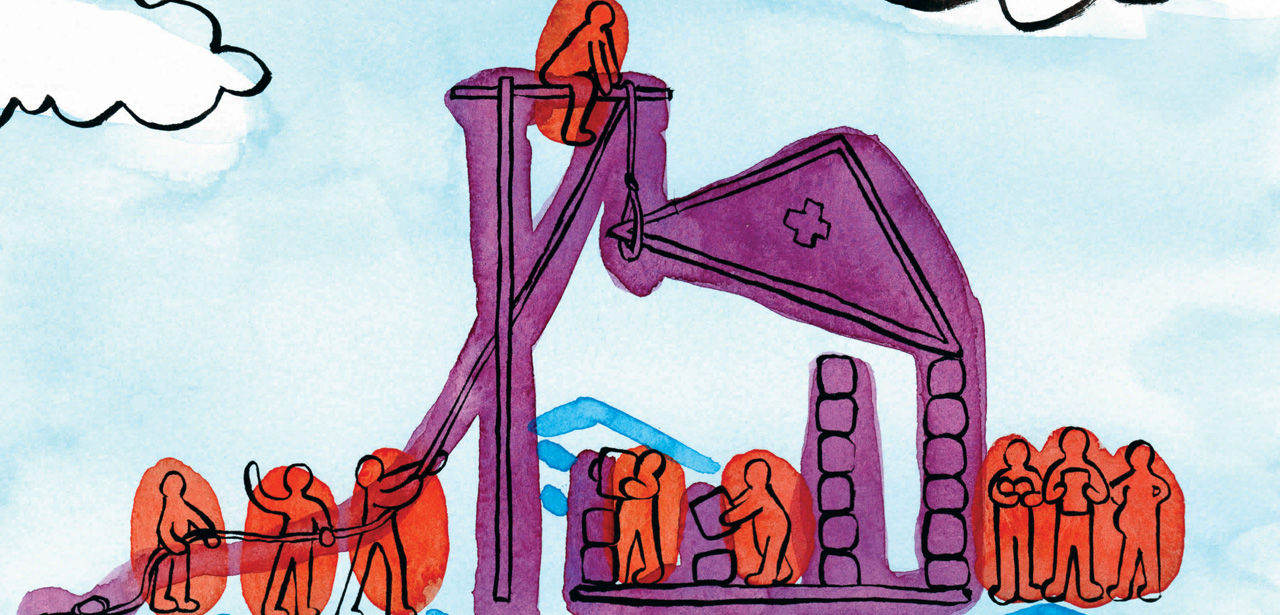OBJECTIVES: We evaluated studies that used the World Health Organization's (WHO) AirQ and AirQ+ tools for air pollution (AP) health risk assessment (HRA) and provided best practice suggestions for future assessments. METHODS: We performed a comprehensive review of studies using WHO's AirQ and AirQ+ tools, searching several databases for relevant articles, reports, and theses from inception to Dec 31, 2022. RESULTS: We identified 286 studies that met our criteria. The studies were conducted in 69 countries, with most (57%) in Iran, followed by Italy and India (∼8% each). We found that many studies inadequately report air pollution exposure data, its quality, and validity. The decisions concerning the analysed population size, health outcomes of interest, baseline incidence, concentration-response functions, relative risk values, and counterfactual values are often not justified, sufficiently. Many studies lack an uncertainty assessment. CONCLUSION: Our review found a number of common shortcomings in the published assessments. We suggest better practices and urge future studies to focus on the quality of input data, its reporting, and associated uncertainties.
Auteur : Amini Heresh, Yousefian Fatemeh, Faridi Sasan, Andersen Zorana J, Calas Ellénore, Castro Alberto, Cervantes-Martínez Karla, Cole-Hunter Thomas, Corso Magali, Dragic Natasa, Evangelopoulos Dimitris, Gapp Christian, Hassanvand Mohammad Sadegh, Kim Ingu, Le Tertre Alain, Medina Sylvia, Miller Brian, Montero Stephanie, Requia Weeberb J, Riojas-Rodriguez Horacio, Rojas-Rueda David, Samoli Evangelia, Texcalac-Sangrador Jose Luis, Yitshak-Sade Maayan, Schwartz Joel, Kuenzli Nino, Spadaro Joseph V, Krzyzanowski Michal, Mudu Pierpaolo
Public health reviews, 2024, vol. 45, p. 1606969


